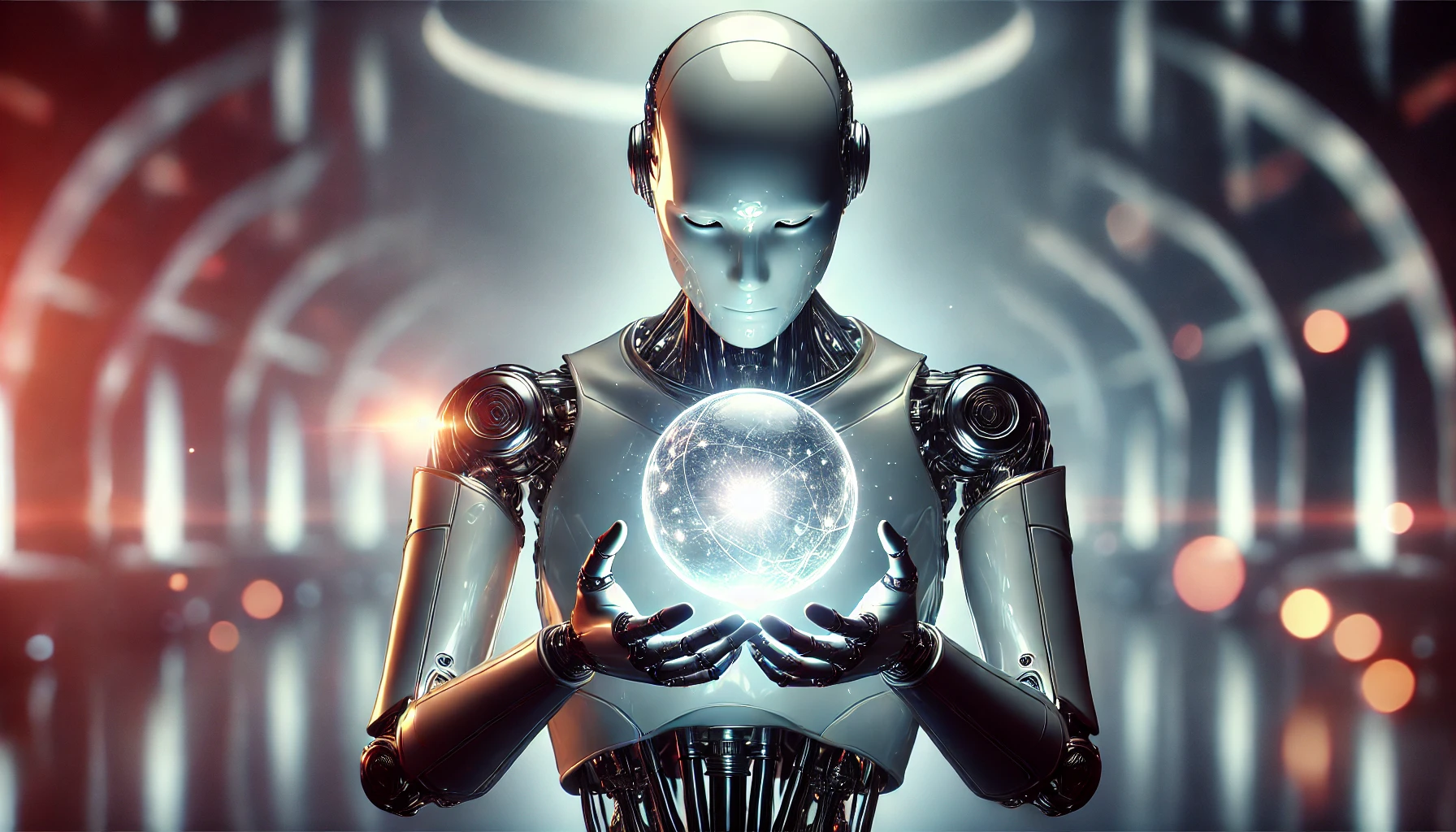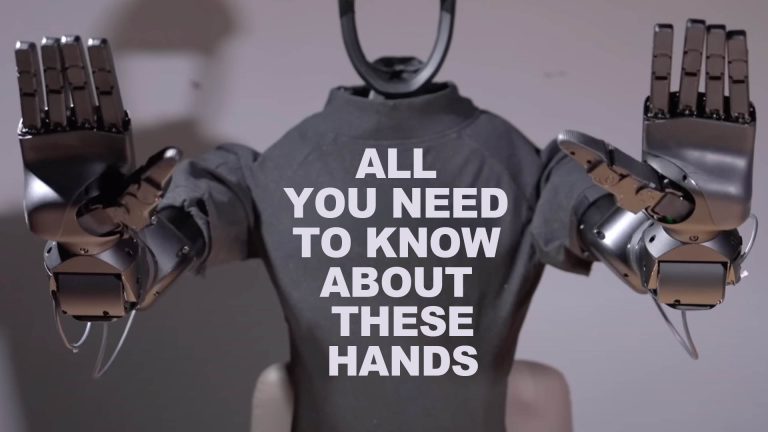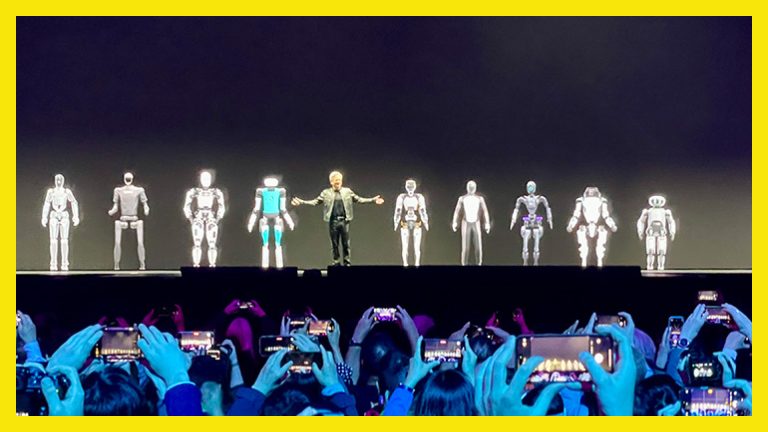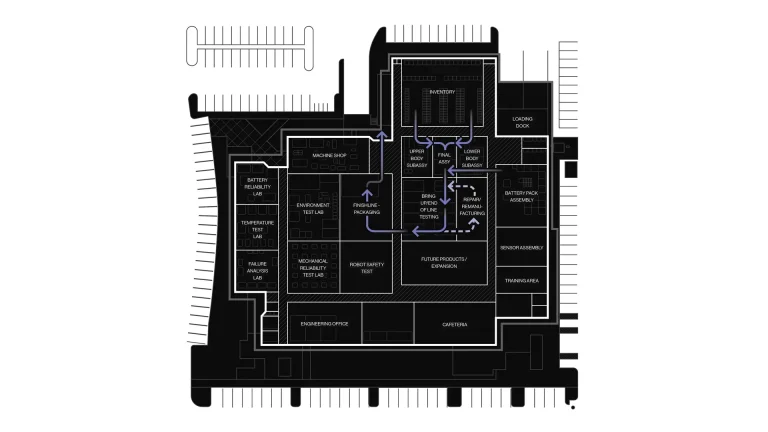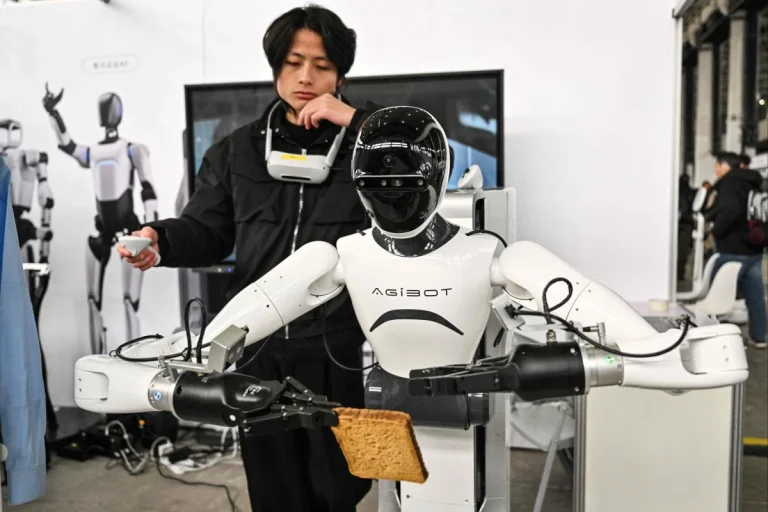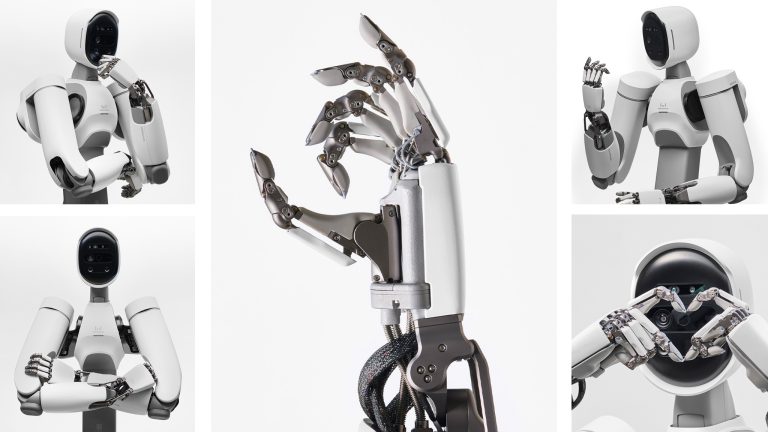Robots with a Crystal Ball: How 1X’s World Model is Shaping the Future
Imagine a world where robots could predict the future, where they could anticipate the outcome of their actions before even lifting a mechanical finger. Thanks to 1X’s groundbreaking World Model, that vision is closer to becoming a reality.
2026 Humanoid Robot Market Report
160 pages of exclusive insight from global robotics experts – uncover funding trends, technology challenges, leading manufacturers, supply chain shifts, and surveys and forecasts on future humanoid applications.

Featuring insights from
Aaron Saunders, Former CTO of
Boston Dynamics,
now Google DeepMind
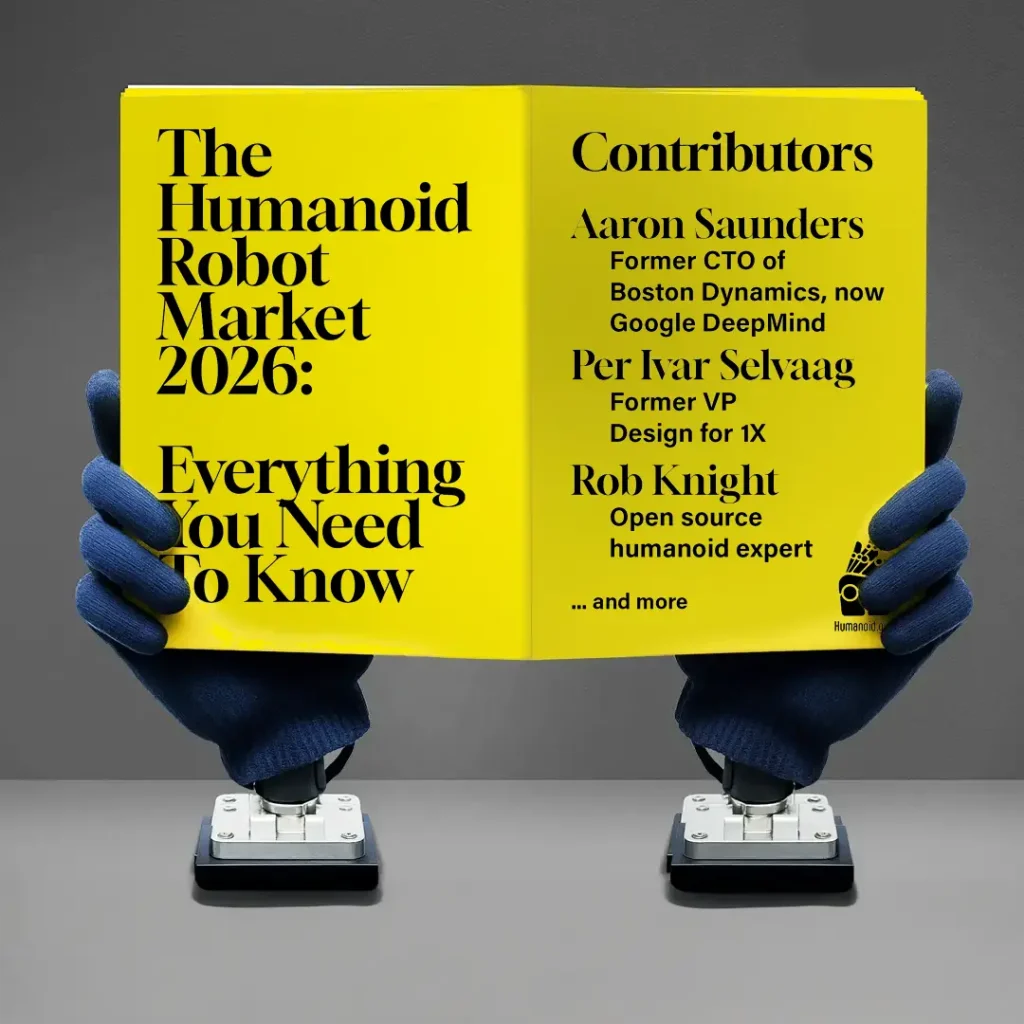
2026 Humanoid Robot Market Report
160 pages of exclusive insight from global robotics experts – uncover funding trends, technology challenges, leading manufacturers, supply chain shifts, and surveys and forecasts on future humanoid applications.
The Power of Prediction
At its core, the World Model learns from robot sensor data and various simulations, equipping robots with the ability to predict how their movements and actions will influence the world around them. It’s almost like giving robots a crystal ball, allowing them to foresee the consequences of their actions before they happen.
This isn’t just futuristic dreaming—it’s grounded in real-world data, sophisticated algorithms, and the time-tested principles of traditional physics. By creating a realistic, data-driven environment for robots to “practice,” they can be better prepared for the unpredictability of real-world tasks. Whether it’s navigating crowded city streets or performing intricate assembly tasks, these robots are learning to anticipate and adapt.
What Makes This Innovation Possible?
1X’s World Model is made up of several key components:
- Real-world data: Sensor data collected directly from robots interacting with their environment.
- Sophisticated algorithms: Advanced AI and machine learning techniques that enable robots to process information and make predictions.
- Traditional physics: Fundamental principles of physics applied to ensure that the model behaves as expected in real-world conditions.
This fusion of cutting-edge technology and real-world data creates an environment where robots can experiment, fail, learn, and ultimately improve—much like humans do.
The World Model Challenge
To continue pushing the boundaries of what robots can do, 1X has launched the World Model Challenge. This initiative invites researchers and developers from around the globe to tackle complex issues such as model compression and evaluation, with the goal of refining and improving the capabilities of these predictive models.
The potential applications are vast, from improving manufacturing processes to enhancing autonomous vehicles. With the ability to foresee the outcome of their actions, robots could help reduce errors, increase efficiency, and make safer decisions in dynamic environments.
What’s Next for Predictive Robots?
As we look to the future, the question remains: how far can robots go in predicting and responding to the world around them? Will we see a day when they are fully autonomous and capable of complex decision-making in real-time?
We invite you to share your thoughts and predictions on this exciting innovation. How do you think predictive capabilities will transform industries, and what challenges might we face along the way?
Source: Linkedin post

